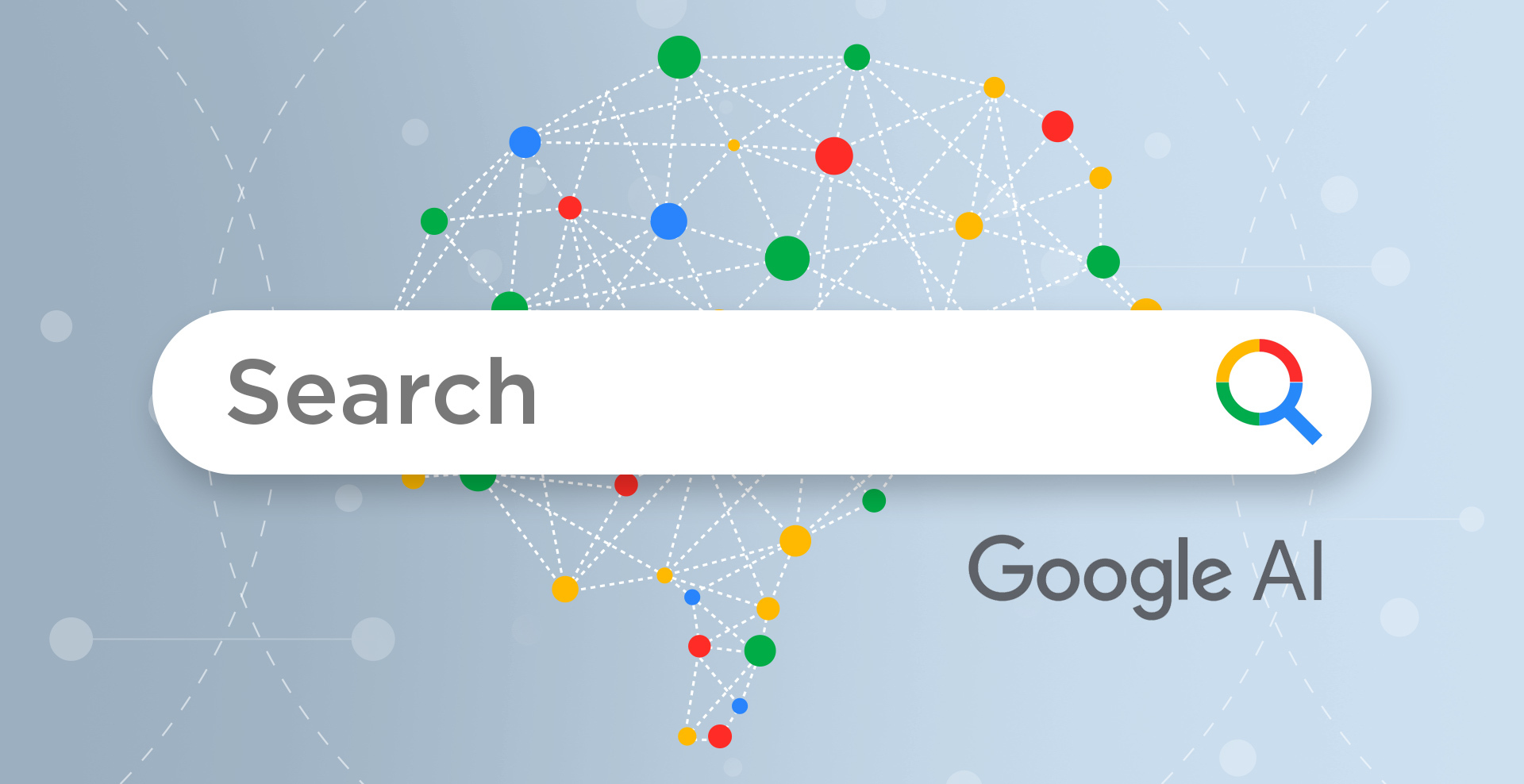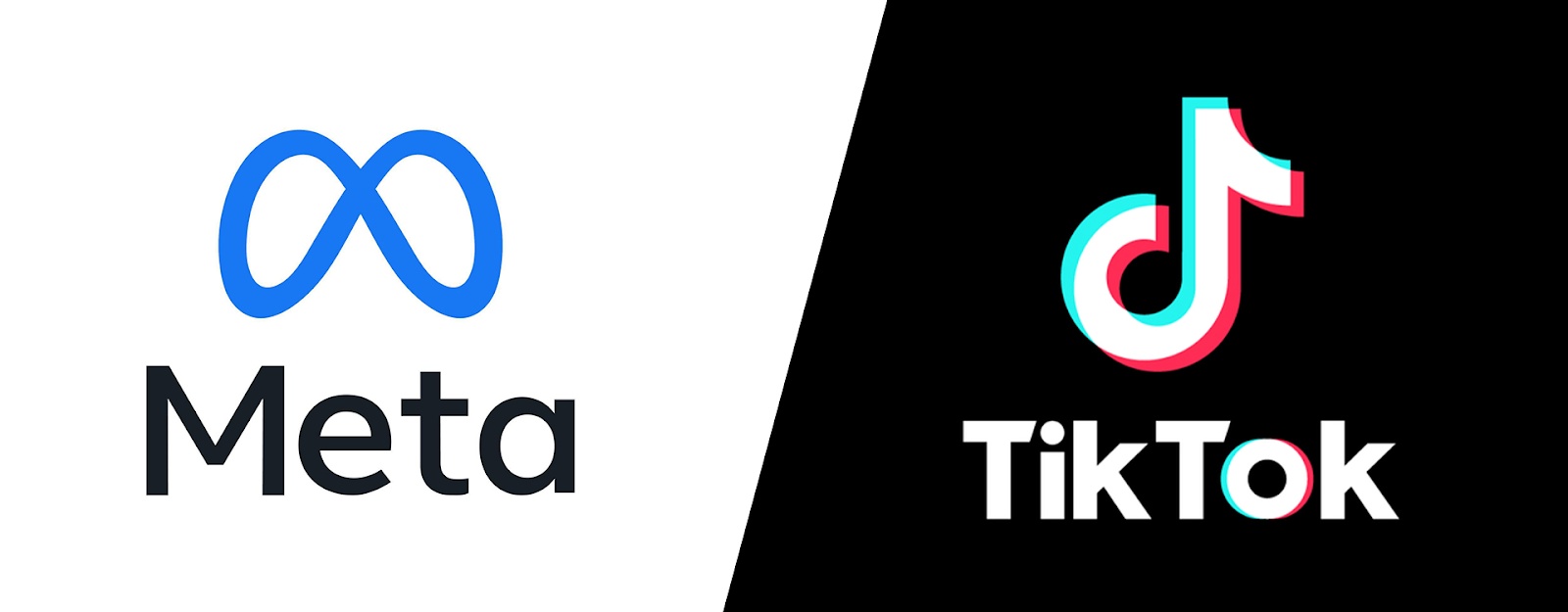
In the fast-paced digital advertising landscape, understanding and optimizing conversions can make or break your campaigns. This ultimate Google Ads Conversion Guide will walk you through the tools, tips, and strategies needed to track, analyze, and improve your campaign performance. Whether you’re new to Google Ads or looking to refine your approach, this guide ensures you’re set up for success.
What Is Conversion Tracking in Google Ads?
Before diving into tools and tips, it’s crucial to understand what conversion tracking entails. In simple terms, conversion tracking is a feature in Google Ads that records user actions deemed valuable to your business. These actions could include:
- Completing a purchase.
- Filling out a contact form.
- Signing up for a newsletter.
- Downloading a resource.
By implementing conversion tracking, you can measure the effectiveness of your ads, optimize your bids, and improve ROI. This Google Ads Conversion Guide focuses on making conversion tracking accessible and actionable for all advertisers.
Why Conversion Tracking Matters
Without proper conversion tracking, you’re essentially running your Google Ads campaigns blindfolded. Conversion data helps you:
1. Understand Campaign Performance: Identify which ads drive the most value.
2. Optimize Ad Spend: Allocate your budget to high-performing keywords and campaigns.
3. Refine Targeting: Focus on the audience segments more likely to convert.
4. Measure ROI: Track whether your ads deliver a positive return on investment.
This Google Ads Conversion Guide underscores the importance of leveraging data to make informed decisions. By following the right strategies, you’ll ensure your campaigns are built for success.
Setting Up Conversion Tracking
Step 1: Define Your Conversion Goals
Start by identifying the actions you want to track. Consider your business objectives:
- E-commerce: Purchase completions.
- Lead Generation: Form submissions or phone calls.
- Content Marketing: Resource downloads or page visits.
Step 2: Create Conversion Actions
- Click the Goals icon
- Click the Conversions drop-down
- Click Summary
- Click + New conversion action
- Select Website and click Next
- Choose the type of conversion you’d like to track (e.g., website, app, phone calls).
Step 3: Add Tracking Code to Your Website
For website conversions, Google provides a tracking tag to implement on your site. Options include:
- Global Site Tag (gtag.js): Insert this code snippet into the header of your site.
- Google Tag Manager: An alternative that allows for centralized tag management without directly editing your site’s code.
Step 4: Test and Verify
Testing your tracking setup is essential. Use tools like Google Tag Assistant or the preview mode in Google Tag Manager to ensure your tags fire correctly. Proper testing ensures that the data you collect is accurate and actionable.
Tools for Google Ads Conversion Tracking
1. Google Tag Manager (GTM)
GTM simplifies the process of adding and managing tracking tags on your website. It’s particularly useful for non-technical users, as it eliminates the need for extensive coding. With GTM, you can manage multiple tags efficiently and ensure seamless integration across your campaigns.

2. Google Analytics 4 (GA4)
Enhanced Conversions capture additional data, such as email addresses or phone numbers, to improve tracking accuracy. This is especially valuable for e-commerce businesses, as it helps bridge gaps in attribution and provides a more complete picture of your customer’s journey.

3. Enhanced Conversions
Provide Google with a variety of assets, including headlines, descriptions, images, and videos. The more diverse your assets, the better Google’s algorithms can test and optimize your ad combinations.
4. Third-Party CRM Integrations
Tools like HubSpot or Salesforce can sync with Google Ads, allowing you to track offline conversions like in-store purchases or phone sales. These integrations enhance your ability to measure performance across both online and offline channels.
Best Practices for Conversion Tracking
1. Use Value-Based Conversions
Assign monetary values to your conversion actions. For example, if the average order value is $50, set this value for purchase conversions. Value-based tracking helps you evaluate ROI more effectively.
2. Enable Auto-Tagging
Auto-tagging ensures that your tracking data integrates seamlessly with Google Analytics. It eliminates manual URL tagging and reduces errors, making your data more reliable for decision-making.
3. Test and Validate Your Setup
As highlighted earlier in this Google Ads Conversion Guide, validating your setup is critical. Regularly audit your tags and conversion actions to ensure everything is functioning as intended.
4. Optimize for High-Intent Keywords
Use conversion data to identify and target high-intent keywords that drive results. This step aligns your ad spend with actions that matter most to your business, ensuring you maximize value from your campaigns.
5. Leverage Smart Bidding Strategies
Smart Bidding uses machine learning to optimize for conversions. Strategies like Target CPA or Maximize Conversions allow you to automate bid adjustments for better results. This approach is particularly useful for advertisers looking to scale their campaigns efficiently.
Common Challenges and How to Overcome Them
Challenge 1: Tracking Discrepancies
Solution: Ensure proper integration between Google Ads, GA4, and your CRM to avoid mismatched data. Regular audits can help identify and resolve any discrepancies in your tracking setup.
Challenge 2: Lack of Conversion Volume
Solution: Broaden your targeting or adjust your bidding strategy to attract more clicks and conversions. Experiment with different ad creatives and landing pages to improve performance.
Challenge 3: Privacy and Data Restrictions
Solution: Adopt first-party data collection methods and leverage tools like enhanced conversions for more accurate tracking. Staying compliant with data privacy regulations is also essential.
Advanced Tips for Maximizing Conversions
1. Use Audience Segmentation
Identify and target specific audience segments based on their likelihood to convert. Examples include remarketing lists, in-market audiences, or customer match lists. Tailored targeting can significantly improve your conversion rates.
2. Test Ad Variations
Run A/B tests to determine which ad creatives, headlines, or calls-to-action resonate most with your audience. This iterative process is key to optimizing campaign performance.
3. Focus on Landing Page Optimization
A seamless user experience can significantly boost conversions. Ensure your landing pages are mobile-friendly, fast-loading, and aligned with ad messaging. This Google Ads Conversion Guide emphasizes the importance of a cohesive experience from ad click to conversion.
4. Monitor Attribution Models
Experiment with different attribution models (e.g., last-click, data-driven) to understand the full impact of your campaigns. Attribution insights can help you allocate resources more effectively.
5. Set Up Micro-Conversions
Track smaller actions that lead to the main conversion. Examples include time spent on site, adding items to a cart, or starting a checkout process. These micro-conversions provide valuable insights into user behavior and help you refine your funnel.
Measuring Success with the Google Ads Conversion Guide
To gauge the success of your campaigns, it’s essential to regularly review and analyze your conversion data. Focus on key metrics such as conversion rate, cost per conversion, and overall ROI. This continuous monitoring ensures you stay aligned with your business objectives.
Final Thoughts
Mastering conversion tracking is essential for any business looking to maximize the effectiveness of its Google Ads campaigns. By following this Google Ads Conversion Guide, you’ll have the tools, insights, and strategies to drive meaningful results. From setting up tracking to leveraging advanced tools, every step is a building block toward better performance.
Partnering with experts can also make a world of difference. At Good On Digital, we specialize in helping businesses achieve their digital advertising goals through data-driven strategies. Let us help you navigate the complexities of Google Ads and unlock your growth potential.


